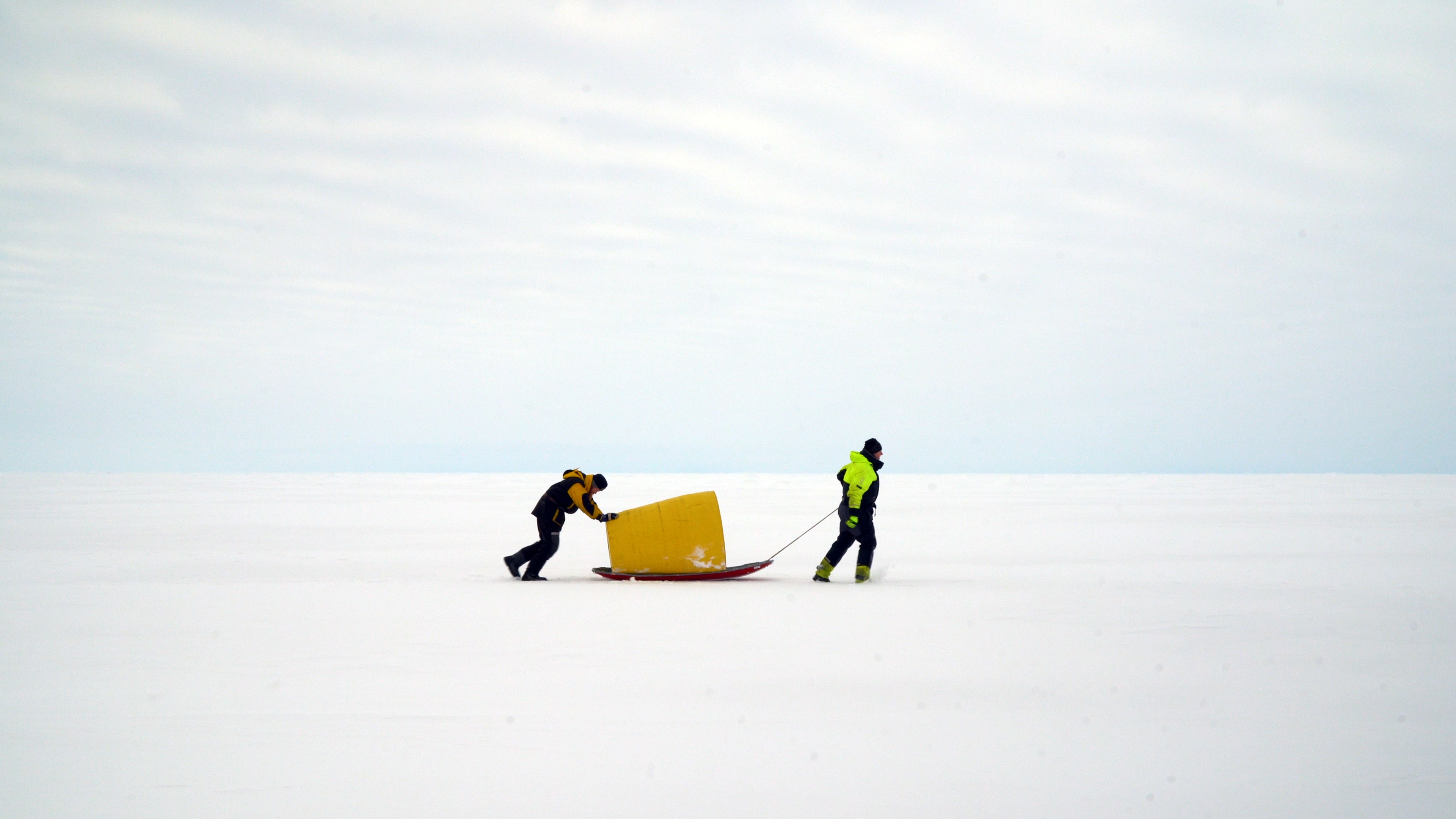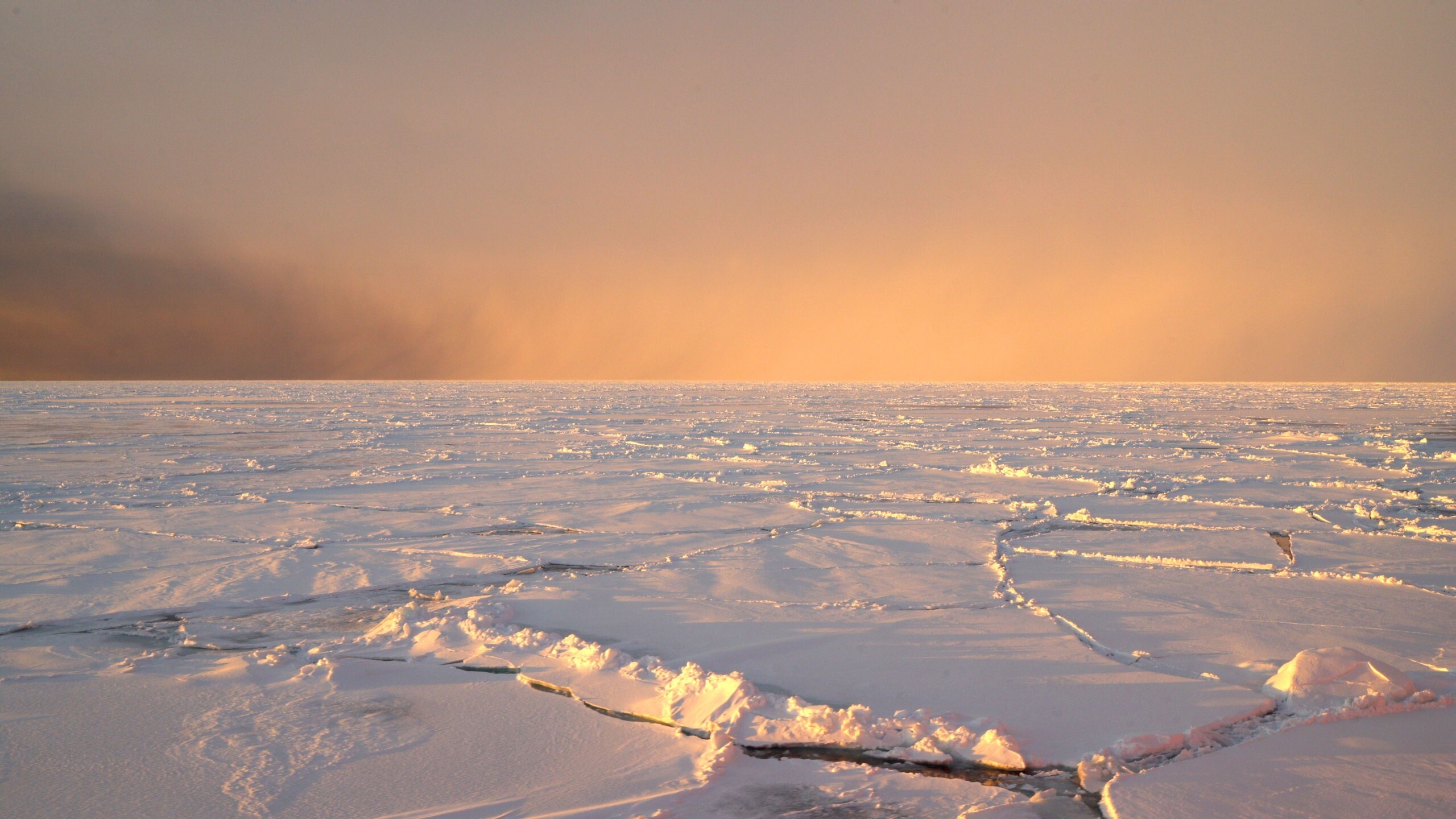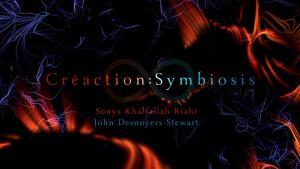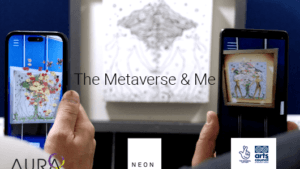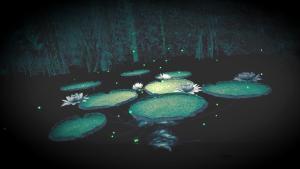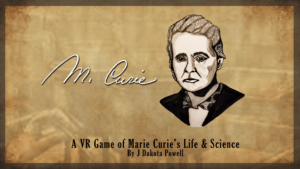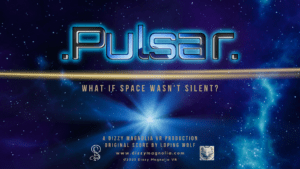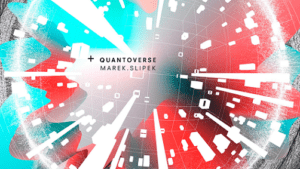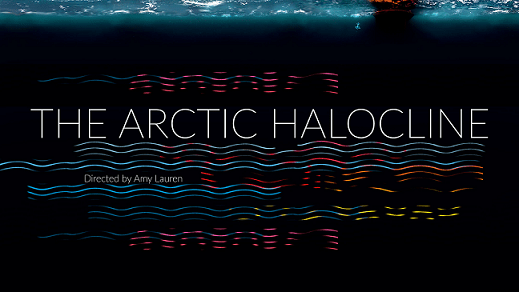
FIVARS 2023: Spotlight on The Arctic Halocline
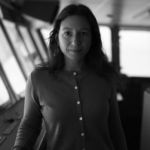 In The Arctic Halocline, join an oceanographic research expedition across the Arctic Ocean with an international team of scientist collecting data that will help us all understand how the Arctic is changing. FIVARS had a chance to speak with director Amy Lauren.
In The Arctic Halocline, join an oceanographic research expedition across the Arctic Ocean with an international team of scientist collecting data that will help us all understand how the Arctic is changing. FIVARS had a chance to speak with director Amy Lauren.
What led to the creation of this piece?
I’ve been filming in the polar research community for the past five years. I love the Arctic Ocean, and I want everyone else to, also. No one has ever reacted to my 2D films the way they respond to my VR ones. People come out of the headset and want to talk to me for sometimes up to 30 minutes, asking questions about the science and scientists. It’s an incredibly engaging way for people to be introduced to polar regions and polar science.
Even those who make it a point to stay current with the science say, ‘I just had no idea,’ and those who don’t think they believe in climate change have to step back and process the film quietly because the words and ideas they have knotted in their heads can’t compete with being placed in the Arctic and seeing how much work it is to get data. So, as a filmmaker working at the nexus between research, education, and artistic practice, I’ve turned toward immersive storytelling and new modes of documentary experience to facilitate impactful climate science education.
What was the production process for you and your team? What did you learn?
I film on science expeditions in the Arctic Ocean. Space is limited, charging ports are limited, the decks are dangerously slippery, it’s -25°C, and it’s super windy most of the time. I do all aspects of production myself…I must love it!
How did you become an immersive media content creator and why?
In 2019, I filmed an Arctic expedition working in the capacity of science communication. I was tasked with making a planetarium film for education and public outreach. When I published the film in March 2020, I knew I needed to find a different way of getting the work out in the world. Since I filmed with a VR camera and translated the stereoscopic footage into dome projection for planetarium screenings, I realized I could make a VR version of the film. Once I saw the film in 3D/360°, there was no going back.
What is the VR/AR industry like in your region?
Most people I talk to about the work I do have still never been in a VR headset.
What do you have planned for the future?
More polar research expeditions lined up! I dream of running a successful immersive storytelling production company that focuses on climate science communication and produces the first virtual reality (VR) series to focus solely on polar regions. If scientists use instruments to expand the scope of human perception to measure things that we cannot directly perceive, then my work aims to broaden the spectrum of feelings associated with climate change to include the beauty of all there is still left to save. If anyone wants to produce the first immersive storytelling series to focus on polar oceans, please let me know.
What would you like to share with fellow content creators and the industry?
Please reach out! Working in teams is much more fun, and finding people is hard. I want to grow and get better at doing this while learning from other artists. Also, has anyone figured out how to successfully write a VR grant proposal for a committee of reviewers who have never been in a VR headset and won’t let you send them one?
Do you think VR festivals like FIVARS are important?
Yes, it’s so important for creators to share their work with the public and other artists, especially those working in the same medium. Many film festivals are closing their VR categories. Hence, festivals highlighting emerging technologies and the artists using them are necessary.
The Arctic Halocline at FIVARS 2023 runs in person September 15-19th in Toronto and online through October 3rd.

